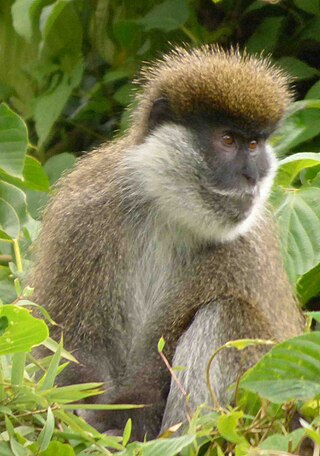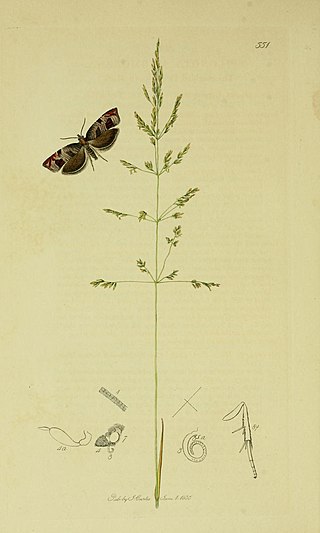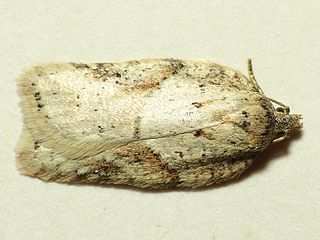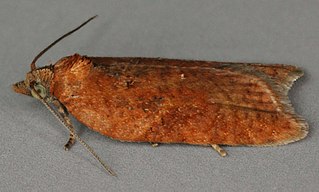
The Ethiopian wolf, also called the Simien jackal and Simien fox, is a canine native to the Ethiopian Highlands. In southeastern Ethiopia it is also known as the horse jackal. It is similar to the coyote in size and build, and is distinguished by its long and narrow skull, and its red and white fur. Unlike most large canids, which are widespread, generalist feeders, the Ethiopian wolf is a highly specialised feeder of Afroalpine rodents with very specific habitat requirements. It is one of the world's rarest canids, and Africa's most endangered carnivore.

Bale Mountains National Park (BMNP) is a national park in Ethiopia. The park encompasses an area of approximately 2,150 km2 (830 sq mi) in the Bale Mountains and Sanetti Plateau of the Ethiopian Highlands.

The Bale Mountains vervet is a terrestrial Old World monkey endemic to Ethiopia, found in the bamboo forests of the Bale Mountains. All species in Chlorocebus were formerly in the genus Cercopithecus. The Bale Mountains vervet is one of the least-known primates in Africa. They avoid tree-dominated and bushland areas as their habitat. These monkeys mainly reside in the bamboo forest of the Bale Mountains due their dietary specialization on bamboo, but other factors, such as climate, forest history, soil quality, and disease, are likely to play a role in their choice to inhabit this area. The Bale Mountains vervet have a very quiet behavior and tend to flee when encountering a human being. It is also known as the Bale monkey.

Acleris is a genus of moths belonging to the subfamily Tortricinae of the family Tortricidae. As of 2007, about 241 species were known.

Acleris maccana, the marbled dog's-tooth tortrix, is a moth of the family Tortricidae. The species was first described by Georg Friedrich Treitschke in 1835. It is found from Europe, east across the boreal regions to Siberia. In North America it occurs across much of the boreal forest region, south in the mountains in the east.
Acleris tungurahuae is a species of moth belonging to the family Tortricidae. It is found in Ecuador.

Acleris ferrugana is a species of moth of the family Tortricidae. It is found in China, most of Europe and has also been recorded from North America.

Acleris logiana, the black-headed birch leaffolder moth or grey birch button, is a moth of the family Tortricidae. It was described by Carl Alexander Clerck in 1759. It is found in most of Europe, except Ireland, Portugal, most of the Balkan Peninsula and Ukraine. It is also found in North America, the Russian Far East, Korea and Japan.
Procrica dinshona is a species of moth of the family Tortricidae. It is found in Ethiopia.
Acleris nigriradix is a species of moth of the family Tortricidae. It is found in China, Korea, Japan and the Russian Far East.
Russograptis albulata is a species of moth of the family Tortricidae. It is found in Ethiopia, where it is only known from the Bale Mountains.
Acleris harenna is a species of moth of the family Tortricidae. It is found in Ethiopia, where it is only known from the Bale Mountains.
Lozotaenia karchana is a species of moth of the family Tortricidae. It is found in Ethiopia, where it is only known from the Bale Mountains.
Lozotaenia sciarrettae is a species of moth of the family Tortricidae. It is found in Ethiopia, where it is only known from the Bale Mountains.

Acleris caledoniana, the Caledonian button, is a species of moth of the family Tortricidae. It is found in Ireland, Great Britain and Poland. It is found in high moorland, where it inhabits mountain bogs.
Acleris obtusana, the small aspen leaftier moth, is a species of moth of the family Tortricidae. It is found in Norway, Sweden, Finland, Estonia and Latvia. It is also found in Russia and North America, where it has been recorded from Alberta, Indiana, Maine, Michigan, Montana, New Hampshire, New York, Ontario, Vermont and Wisconsin.
Acleris expressa is a species of moth of the family Tortricidae. It is found in South Korea, China, Russia (Amur) and Japan.
Acleris strigifera is a species of moth of the family Tortricidae. It is found in China, Japan and Russia.
Acleris inana is a species of moth of the family Tortricidae. It is found in North America, where it has been recorded from Alberta, Kentucky, Maine, Missouri and Ontario.
Acleris griseopterana is a species of moth of the family Tortricidae. It is found in China (Sichuan).







